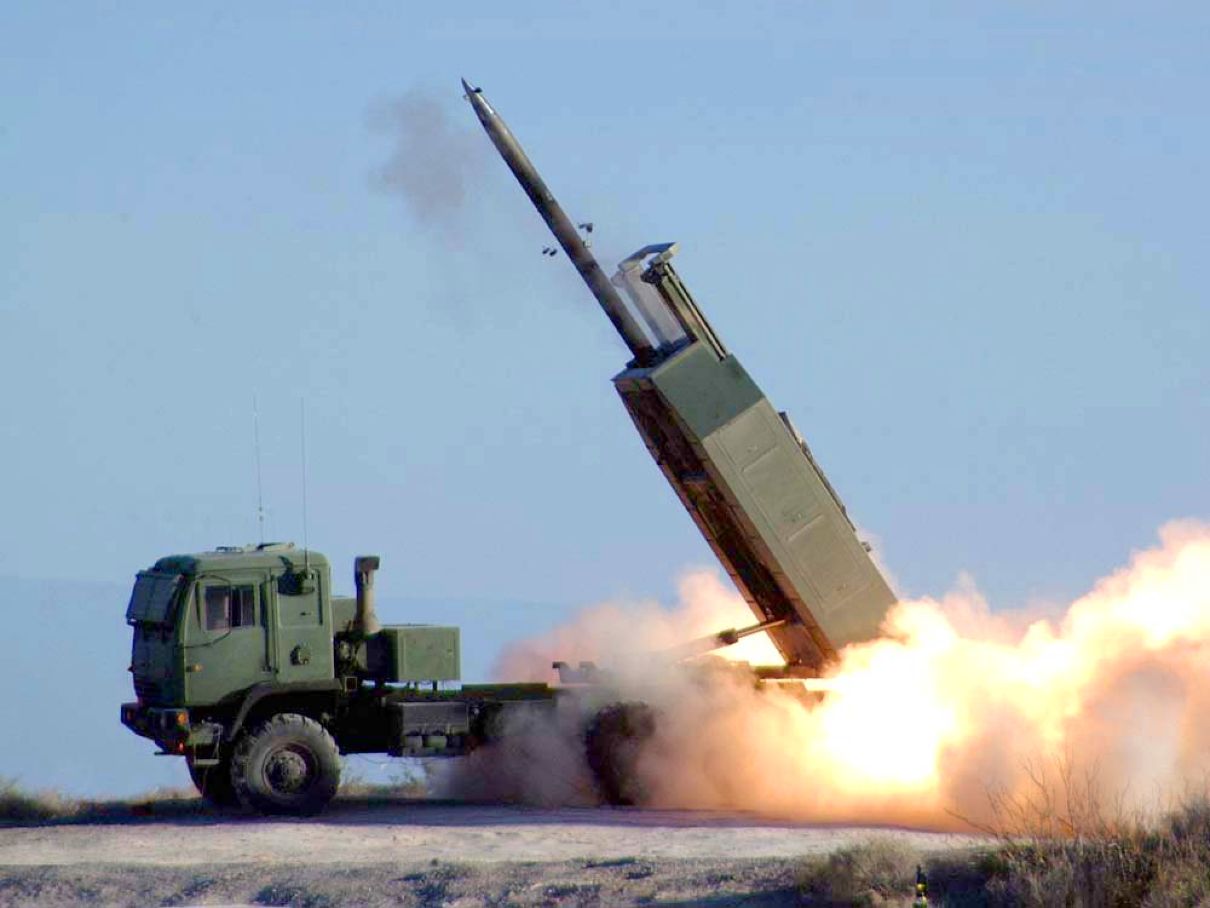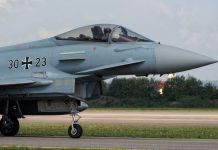The cost of the first batch of 11 HIMARS multiple-launch rocket systems (MLRS) that the US would deliver to Taiwan has reportedly gone up by NT400 million (12.5 million USD). The delivery of HIMARS armament systems will begin in 2024, reported Liberty Times, a Taiwan-based media outlet.
Post JF-17 Thunder Deal, Myanmar Orders Midrange Fighter Jets From China Amid Crippling Western Sanctions
Su-34 Crash: Russia Reportedly Loses Its 17th Su-34 Fighter Bomber As Sukhoi Jet Rams Into A Residential Building
Taiwan ordered 29 HIMARS missile systems, which Washington will ship in two batches. In 2021, the island government placed an initial order for 11 HIMARS; however, it was announced in August 2022 that the contract would now be expanded to 29 HIMARS.
Early agreements between Taiwan and the US originally stated that the first batch of 11 sets would cost NT$9.62 billion ($300.9 million) in total, the report said.
However, the entire cost of the first batch is now increased by roughly NT 400 million, to NT$10.02 billion ($313.3 million), the report added, citing the latest announcement of the Ministry of National Defense.
As initially planned, delivery of the first batch of HIMARS systems to Taiwan will start in 2024. Additionally, the Army is reported to have ordered 864 “precision rockets” and 84 MGM-140 Army Tactical Missile System (ATACMS) missiles. Both munitions will be used with truck-mounted HIMARS launchers.
Taiwan’s Army ordered additional HIMARS after abandoning a previous intention to purchase 40 M109A6 “Paladin” self-propelled howitzers, a $750 million contract cleared by the Biden administration in 2021.
In May, Washington notified Taiwan that it would not receive the self-propelled howitzers it had ordered on time because of insufficient production capability.
In a press release, the Ministry of Defense of Taiwan stated that Washington had suggested substituting long-range precision attack weapon systems like HIMARS.
Taiwan’s plans to equip itself with more HIMARS align with its intention to spend on “asymmetric” capabilities to dissuade and protect against China. Beijing hasn’t ruled out using force at some point to take control of the island, which it claims as its territory.
Why HIMARS?
Taiwan’s relations with China hit an all-time low after Nancy Pelosi, the speaker of the US House, visited the island in August. The visit drew a sharp retort from Beijing, which stated to have conducted “combat readiness patrol and combat drills in the sea and airspace around Taiwan island.”
China has conducted several military drills close to the island in reaction to high-ranking US officials visiting Taiwan since early August.
Pelosi’s visit also prompted China to declare that it would no longer work with the United States in several areas, including climate change, drug policy, and military discussions.
Beijing further advised Washington to halt its efforts to undermine and distort the one-China principle to avoid further straining ties between China and the US and upsetting the peace and stability in the Taiwan Strait.
Long-range precision attack capabilities would assist Taiwan in compensating for logistical difficulties encountered while resupplying and strengthening frontline soldiers on distant islands, which are only miles from the Chinese coast.

In the case of an invasion, Taiwan’s Army underlined that the right course of action is to utilize such long-range weapons to disrupt enemy troops seeking to launch amphibious assaults to allow time for troops scrambling to strengthen outlying islands.
Defense experts believe Taiwan should invest more in highly mobile and precise asymmetric weaponry, similar to those used by Ukraine since February to stave off invading Russian troops.
In its conflict with Moscow, the Ukrainian military has received HIMARS weaponry from the United States. Since then, the Ukrainian military has used the weapon successfully in strikes against Russian command posts, ammo storage facilities, and infrastructure.
The M142 High Mobility Artillery Rocket System (HIMARS), a missile launcher capable of firing six guided missiles rapidly, is mounted on a five-ton truck. The range of the missiles that the US has handed to Ukraine is up to 50 miles (80 kilometers).
HIMARS can also launch a single Army Tactical Missile System missile with a range of 186 miles (300 kilometers). However, the US is not providing these to Ukraine. That being said, the 50-mile range is comparable to that of Russian Smerch missiles, but HIMARS uses GPS-guided missiles that can be aimed more precisely.
HIMARS is remarkably accurate when used against stationary targets with precise coordinates. However, it is ineffective against moving objects such as troops; therefore, it cannot halt an advance.
- Contact the author at ashishmichel@gmail.com
- Follow EurAsian Times on Google News




